Photographer Spotlight – Sofia Sebastian
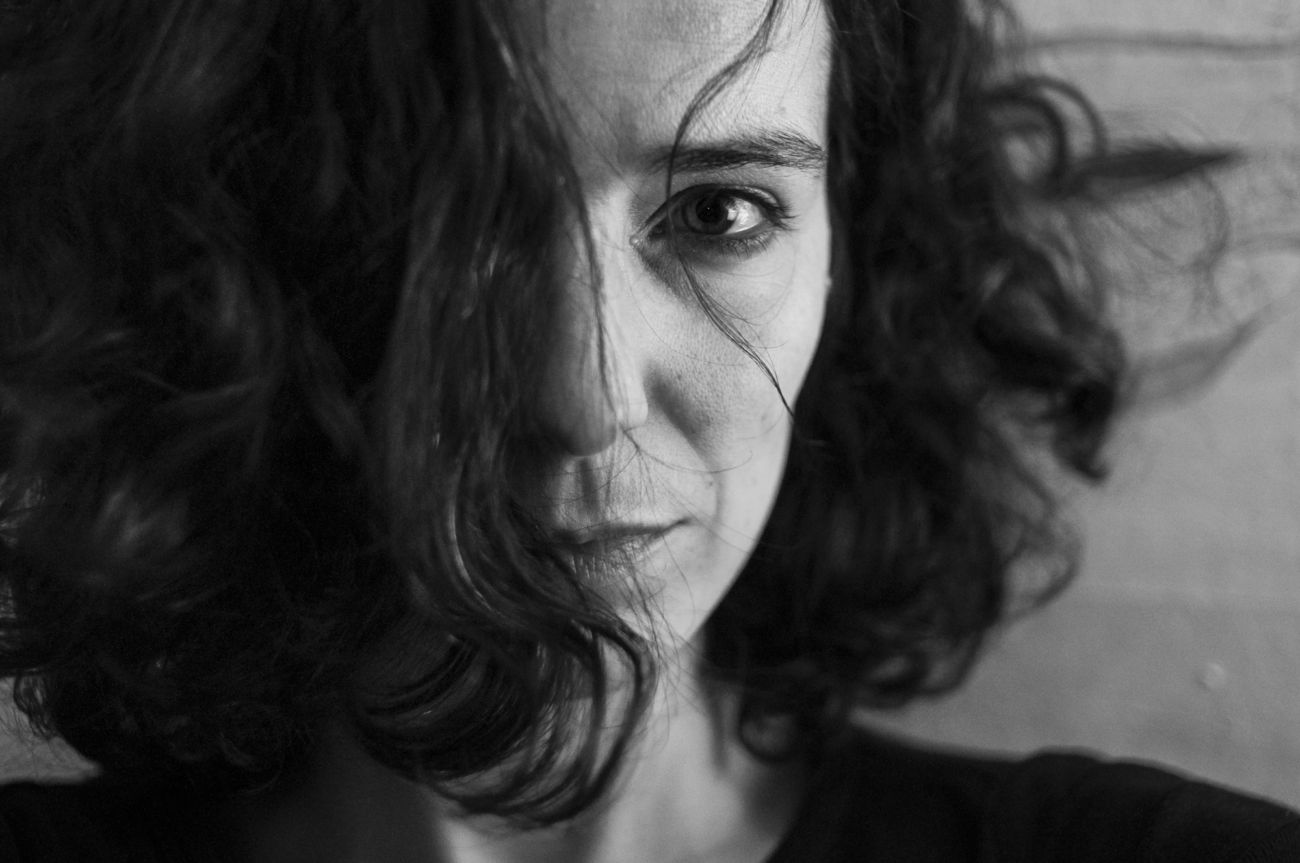
- Hi Sofia! Thank you so much for taking the time to answer my questions! I am so glad we got to meet last year, during the Miami Street Photography Festival, where you were one of the speakers. Can you tell us a little more about who you are, where you are from and what you do?
You’re welcome! I love your blog and I’m honored to be part of it. Miami was amazing and meeting you and Sonia was one of the best parts.
I am originally from Madrid but now I live in Washington DC. I studied international relations in college and right there I knew I wanted to travel and live in different places. I came to the US to continue my studies, then moved to London to do a doctorate, worked in Bosnia and Herzegovina, and end up back in the US for personal reasons. For the longest time I was a library rat.
2. I noted that you have a background and education in economics, social science and foreign affairs, but I mainly know you as a fantastic street photographer! What was the journey like for you, going from unrelated fields and into street photography? How did you get started in this particular field? What is it about street photography that draws you in and compels you to photograph it?
My first encounter with photography happened when I was 15 years old. There was a TV show in Spain that played classic movies and featured a debate with prominent experts in the field that thoroughly discussed the movie every week. I probably spent more than 500 nights watching these films. I fell in love with movie masters such as F.W. Murnau, Alfred Hitchcock, Orson Welles, Francois Truffaut, Luis Bunuel and many others. I didn’t know at the time but the visuals from these movies became embedded in my brain.
Instead of following this early passion of mine, I went on to pursue a career in political science and international relations. It was much later that I discovered my love for street photography. After a year of waiting for my security clearance for a state department job, I got restless. When a friend asked me to join him in a street photography workshop I didn’t hesitate. I have been hooked ever since.
For me, street photography is about exploration – I love getting lost in cities and experiencing the street. But it is also about the chase and the reward. It’s about bringing it all together and creating something new that is meaningful and unique, it’s about that split of a second that brings together a beautiful or mysterious moment.
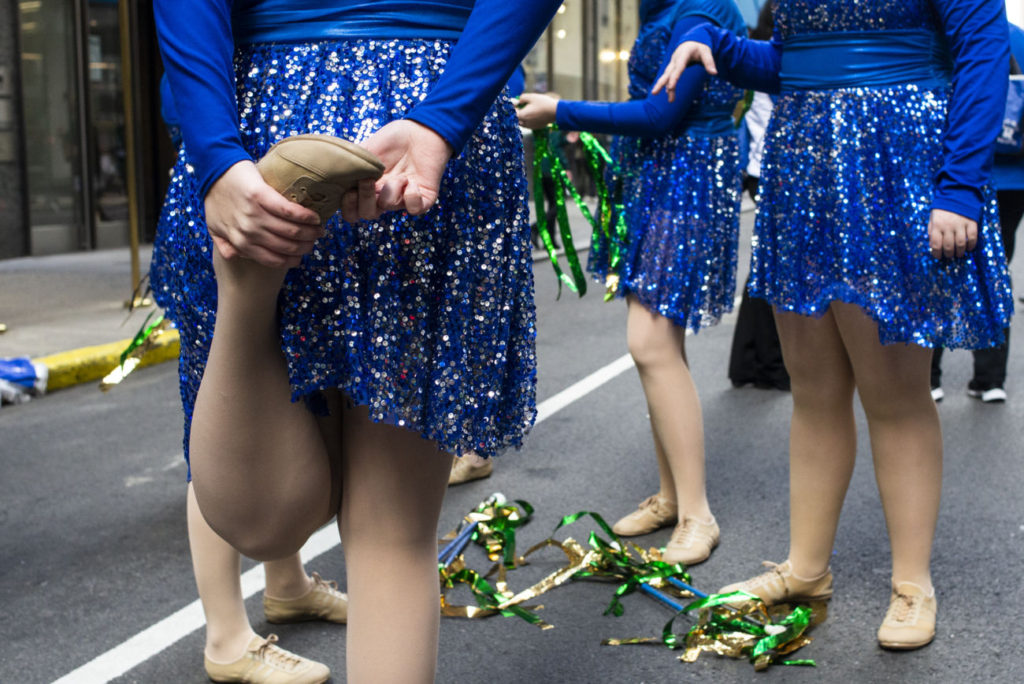
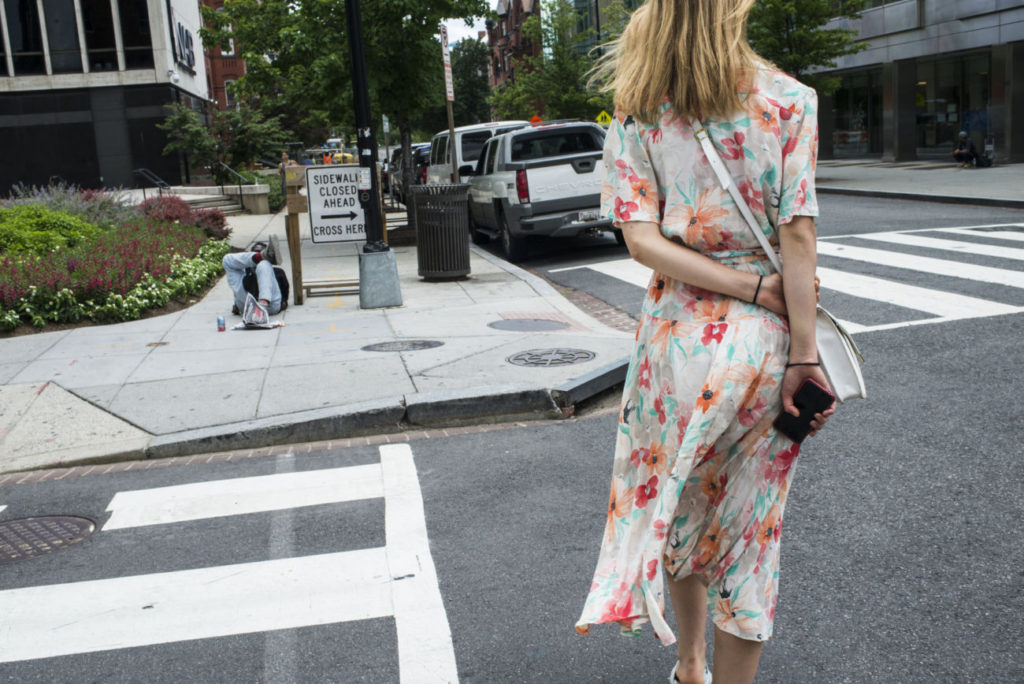
3. You are the first female photographer I had gotten to know personally who has young children. What are some of the challenges you face as a mother and photographer? Does being a parent help you create stronger visual work? If yes, in what ways?
It is a bit challenging sometimes. When I started doing street photography the
one thing I kept hearing was that you should do it everyday. I knew that that was not going to work for me. But then I realized that you have to adjust your practice to your lifestyle and to your personality. You have to do what feels right for you. There are no rules. Before the pandemic, for example, I would do short trips to New York, alone, so that I could be fully focused on photography. No distractions. I really enjoyed that. But with the pandemic I’m not sure when I will be able to do that again.
All in all, it is undeniable that having kids poses some extra challenges in terms of finding time to photograph but it is a challenge I accept and try to make the most of it. I have started to find ways to incorporate my kids into my street work, which is exciting for me.
In terms of how being a parent may help create stronger visual work, I am not sure. Maybe it makes you more productive when you go out because your time is limited. Perhaps I am more focused. Maybe. Although I also have really bad, unproductive days like everyone else!
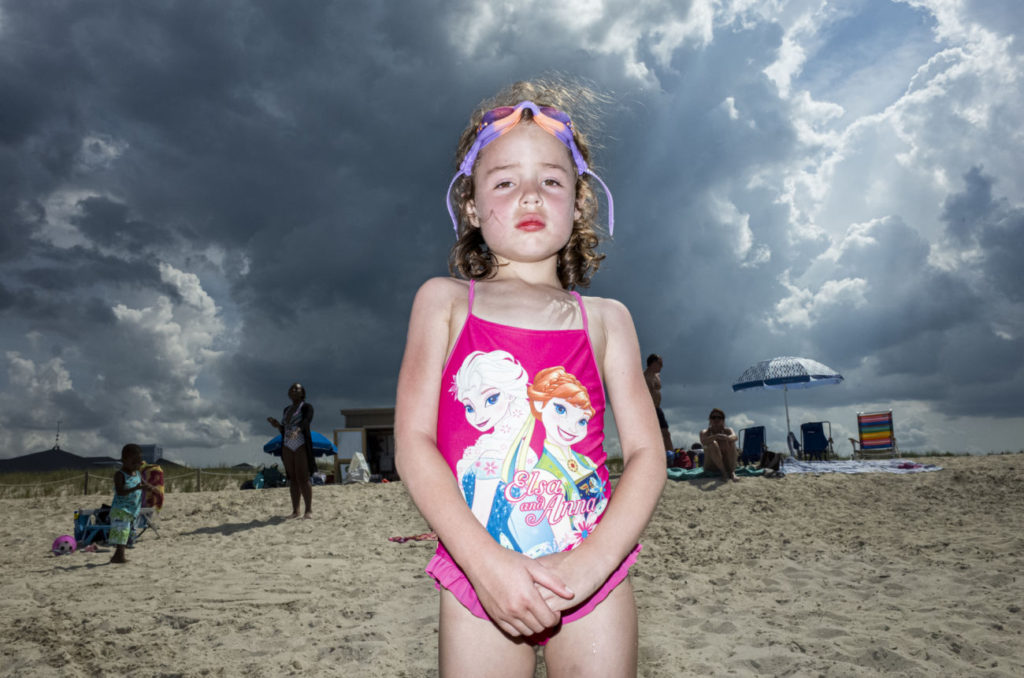
4. Your photographs often depict a wonderful play of light and shadow and carry an air of mystery to them. Are there any particular elements you focus on that help you achieve this type of look in your work or do you leave it more to chance? Is any time a good time to photograph the streets or is it better to preplan a little bit?
I do love how light can turn ordinary situations into something extraordinary and unique. I know a few places in Washington DC and NYC that allow me to play with light and shadows and I go back to these places quite often. Generally speaking, I tend to look for interesting light arrangements and wait for something to happen like I did in one of my black and white pictures of the train station in Washington DC. But often times I simply walk and leave it to chance.
When I started photographing the street, I would go out at any time during the day. But I became obsessed with good lighting to the point that I only go out when the light is most beautiful, that is at the end of the day. I realize this is a mistake and I am trying to address it. Now, I take a camera with me wherever I go, just in case. There’s always an opportunity for a great picture just around the corner!
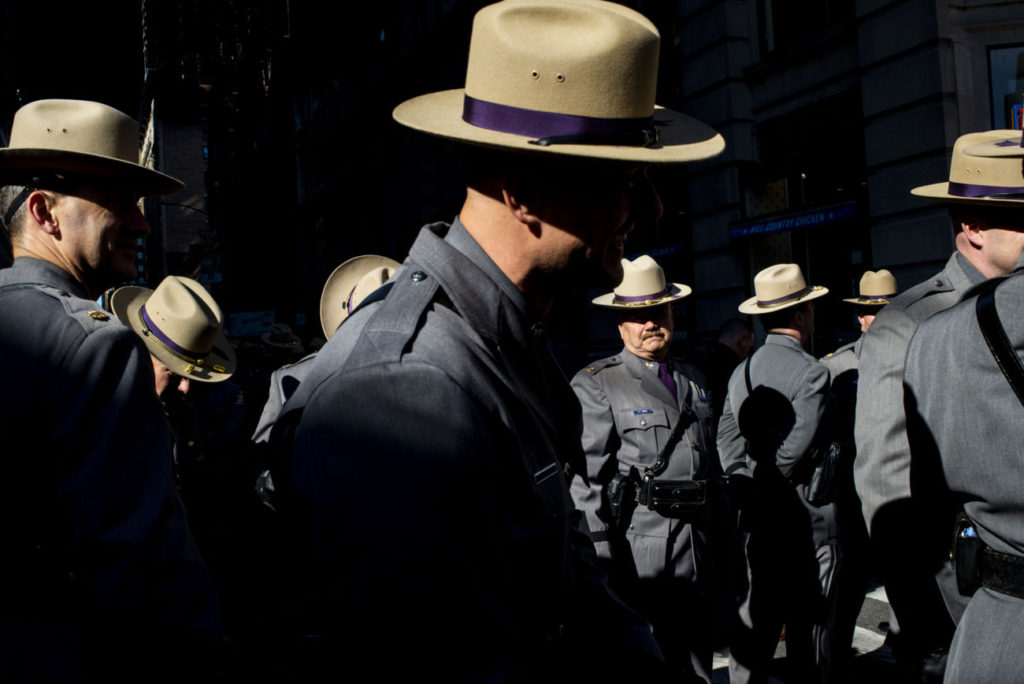
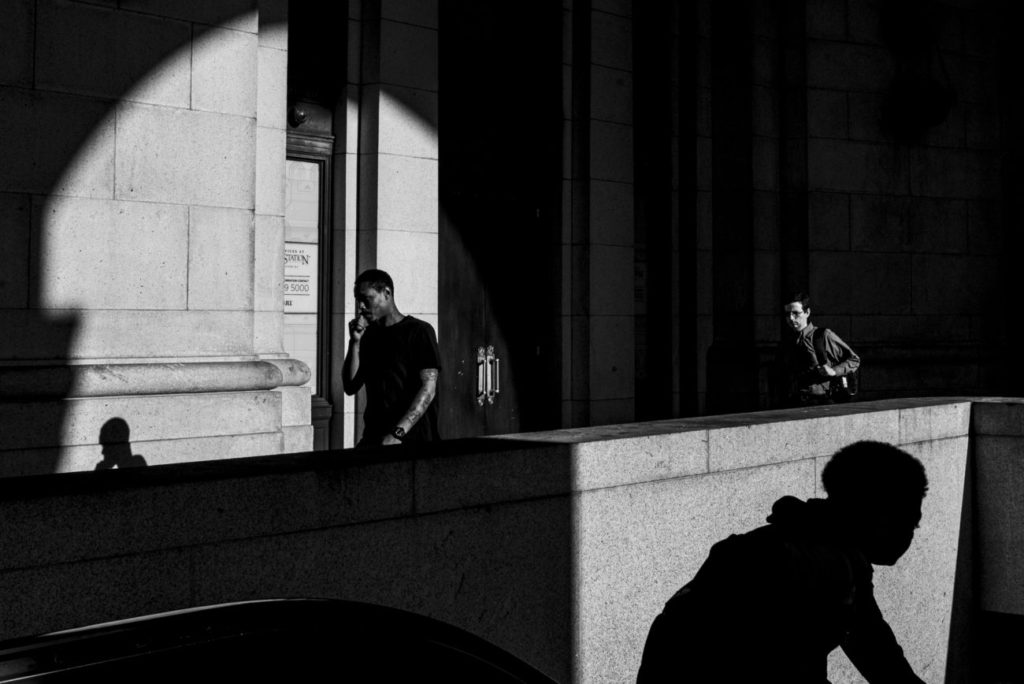
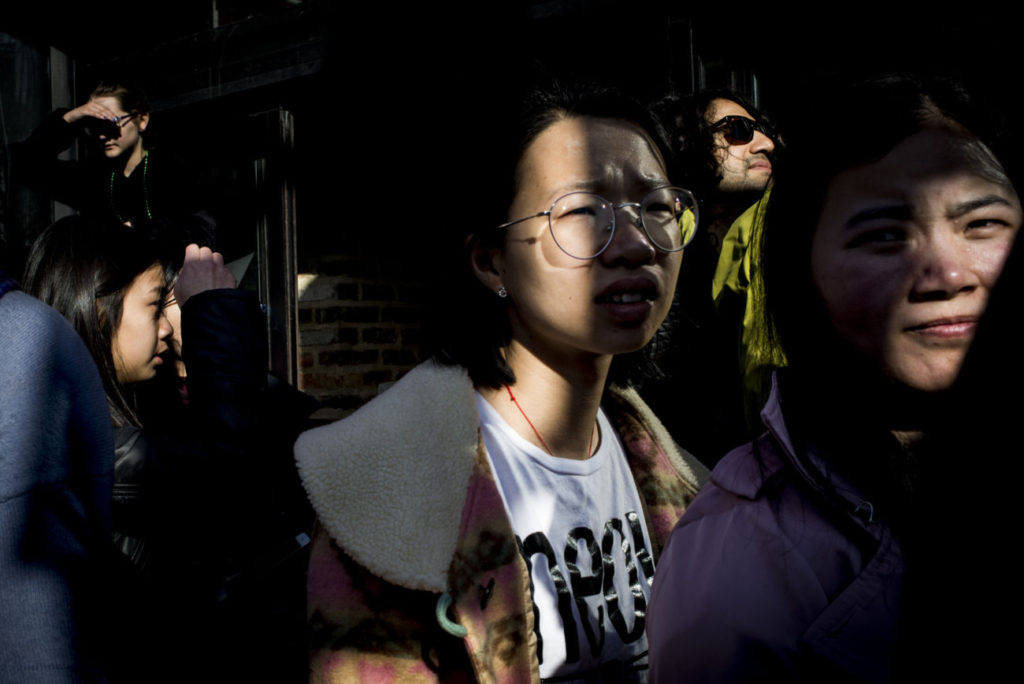
5. How has the pandemic and subsequent quarantine affected your creative process and your photography? Not being able to take pictures on the street, did you find yourself shooting at home or did you put your camera away altogether?
The pandemic has been incredibly challenging in so many respects. For the first couple of weeks I couldn’t function. I was paralyzed, trying not to think about the implications of it all. I was also worried about my family in Spain, one of the hardest hit countries, so I was in a constant state of anxiety.
But soon things started to look like a new normal. And the photography community became very active right away. I joined a couple of initiatives and started to feel inspired by other photographers taking pictures during the pandemic. I took my camera. My kids were home with me so I couldn’t go outside but I turned my camera to them. The work that I have done during the pandemic feels very personal and very different from my street work so I have not shared a lot. I don’t even know if these pictures are any good! But I have really enjoyed being creative in a different way. It has also kept me motivated during this difficult time.
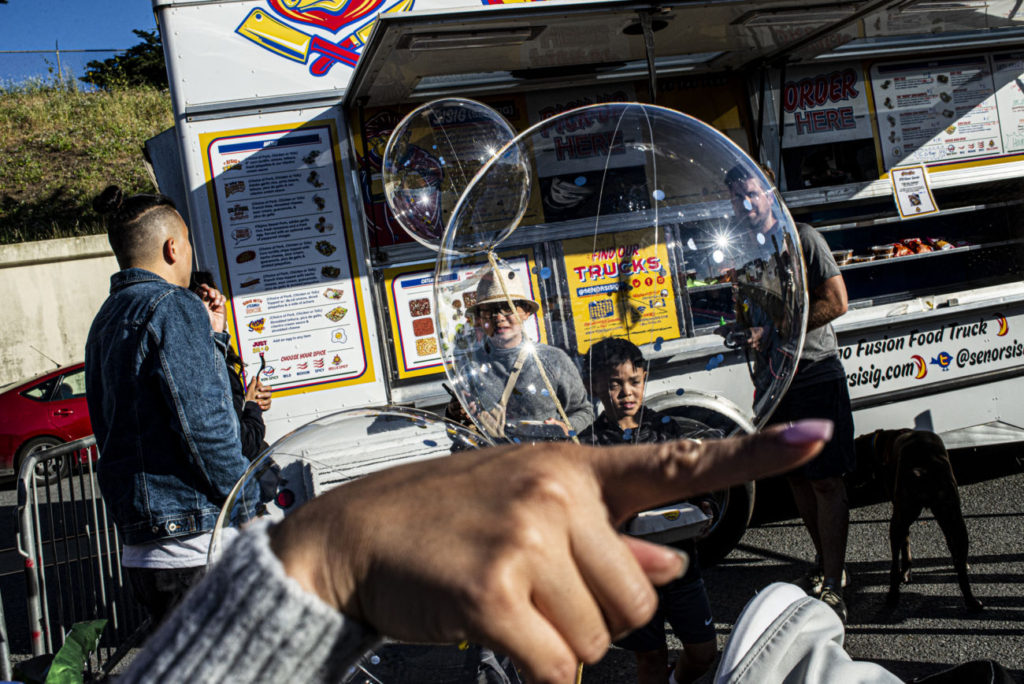
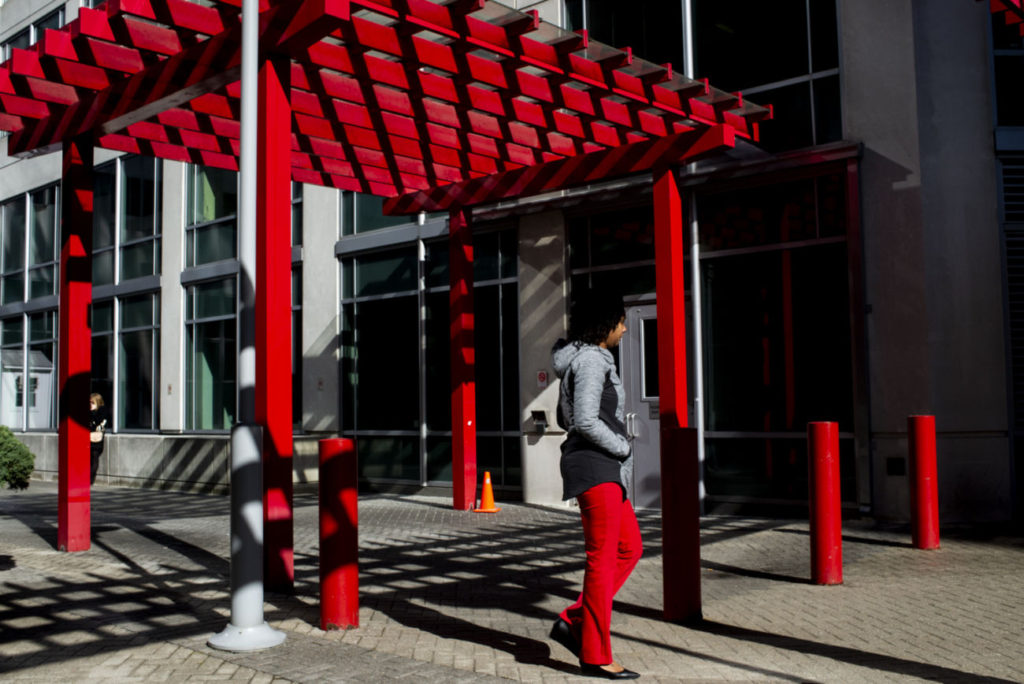
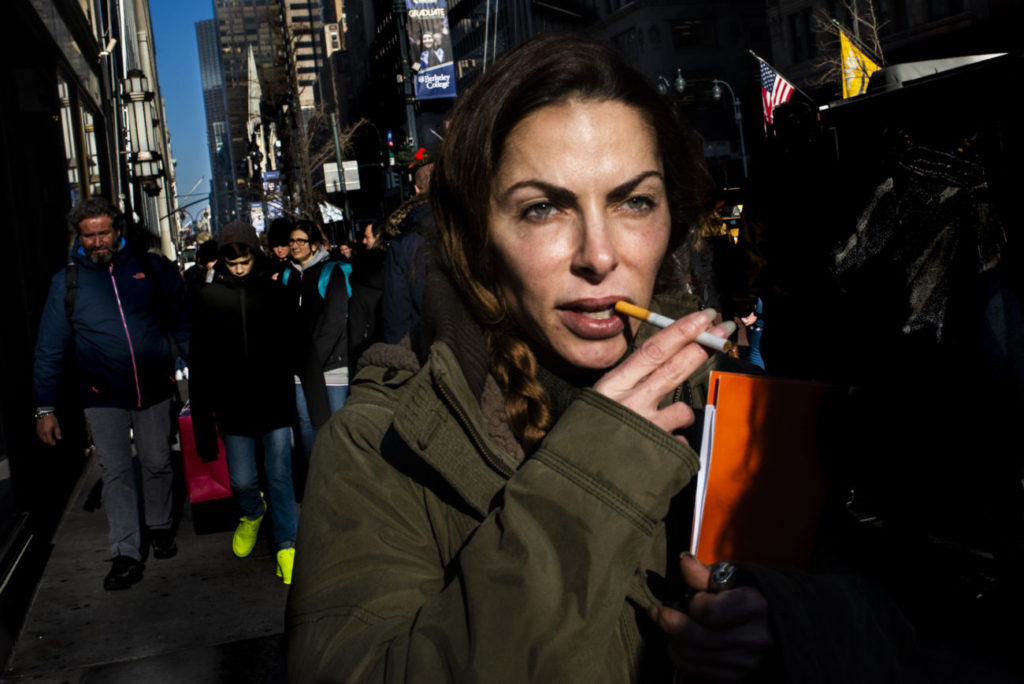
6. Are there any particular projects you are currently working on? Or do you have any in mind that you’d like to materialize sometime in the near future?
Before the pandemic I was working on a project on and off about social fragmentation in urban spaces. I am fascinated by the business of everyday life in big cities, but my interest in this series was driven by the sense of chaos. In these pictures people are competing for a space that I create with my camera. The characters are not interacting with each other; they are mostly engaged with something that happens outside of the frame. But the common denominator is that there is an element of distress. I use the deep contrast provided by light and shadows to accentuate the drama. I like to get very close to people so I am not sure when I will be able to resume this project. I enjoy doing different things to keep myself motivated so it may be good to have a bit of separation from this work and explore other venues.
More recently, and before the pandemic, I started taking pictures during my outings with the kids, which I would like to turn into a series, but this is in a very early stage.
All in all, I still prefer to go out on the street with no agenda and see what kind of photographs I can make. I like to experiment and be surprised. I have been using some flash lately to create more drama in my images but I’m still pretty clueless about it. The results have been for the most part unexpected, which can be good and very bad sometimes!
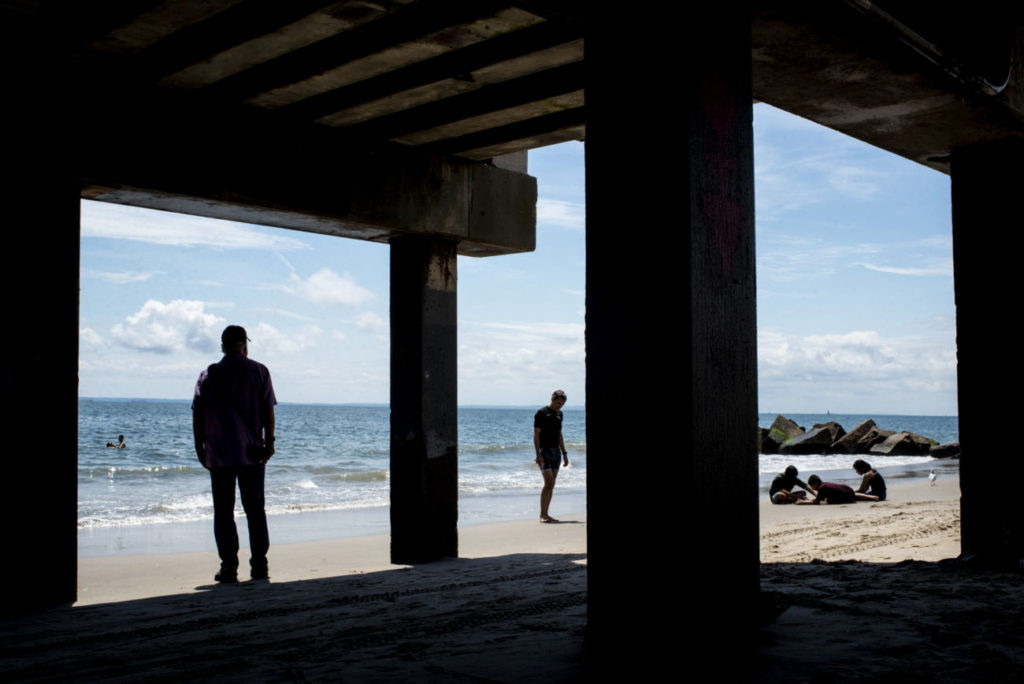
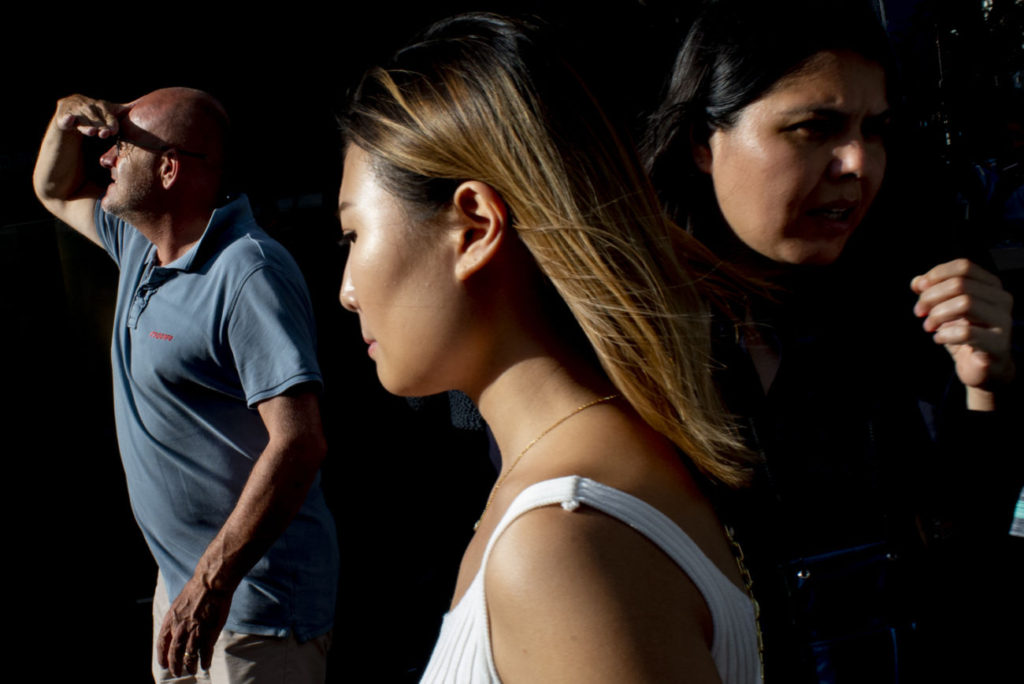
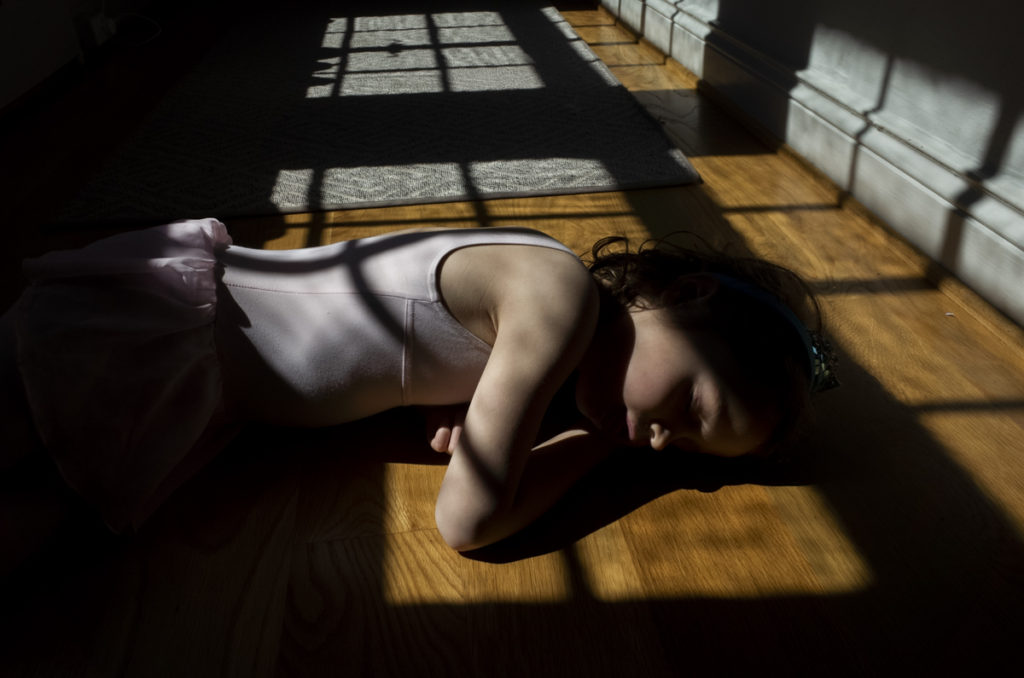
7. What is your best advice for someone just starting out in street photography? What is the one thing you’d like them to know and focus on?
Go out and discover the magic in the street, with no pressures, just for the sake of exploring like it is completely new to you. Practice as much as you can and learn from your failures and successes. Study your pictures and think about the common elements that interest you and then shoot more. Once you become more familiar with your own style and triggers, you can start looking for them in advance.
If you can, get some feedback from a street photographer you like or trust. Try to join a street photography photo walk or workshop, if there are any in your city. These are great opportunities to hone your skills, meet other photographers, create a community, and get valuable feedback.
Most importantly, study and review the work of the masters of street photography or other artists you like. Look for guidance and inspiration in them. Ask yourself what pictures you like best and try to understand why (so that you can better understand your own work). At first, it is ok to emulate what others have done or are doing. It is helpful to learn from others’ bodies of work, methods, and techniques. But ultimately, you have to follow your own path, develop your own methods and your vision, and adjust street photography to your lifestyle. It is not easy and it will not happen overnight but I believe this is the ultimate goal, to make the process of shooting and the pictures you make your own.
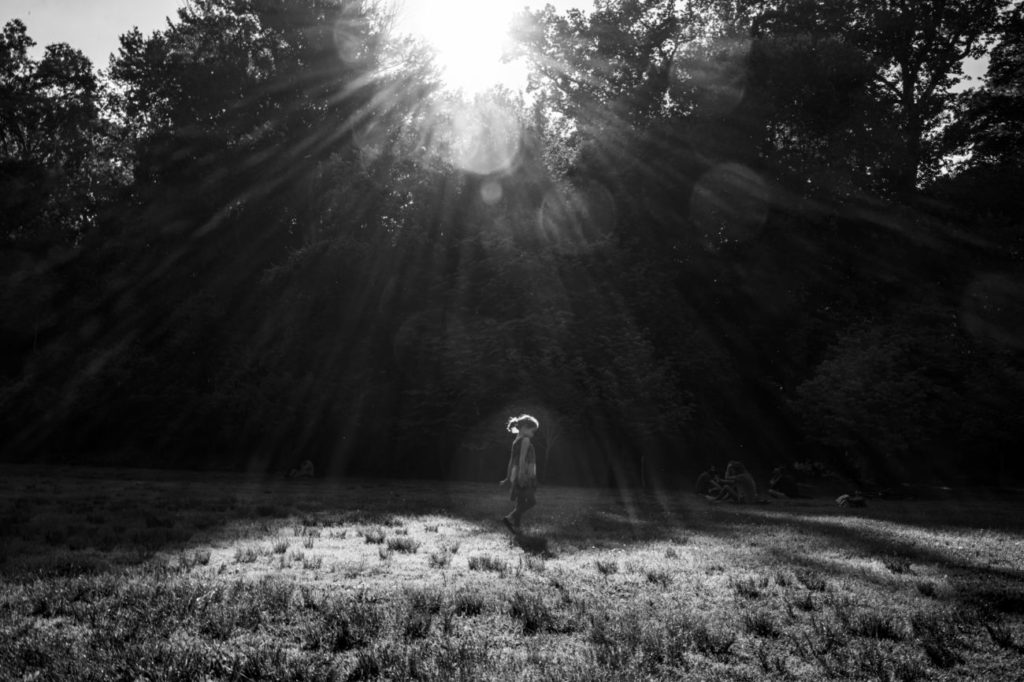
Related Posts
Dispatches from the Polish-Ukrainian Border
The dusk came quickly and it started to rain again. The chilly, damp air permeated…
April 13, 2022Photographer Spotlight: Mauro De Bettio
Have you ever felt as if you’ve gotten to know someone based on…
January 30, 2022


Leave A Comment